Last Updated on May 25, 2023
Hello from the vibrant and fascinating world of African music and art! With a long history of art and music that reflect the cultural and spiritual traditions of the continent, Africa has long been a hub of artistic expression.
African art and music range from the vibrant and intricate patterns of traditional textiles to the soulful rhythms of indigenous instruments. They inspire different emotions and are popular for being detailed.
Join us as we examine the amazing expression and creativity of African musicians and artists. Here, we’ll learn about the distinct cultural heritage that has enthralled audiences worldwide.
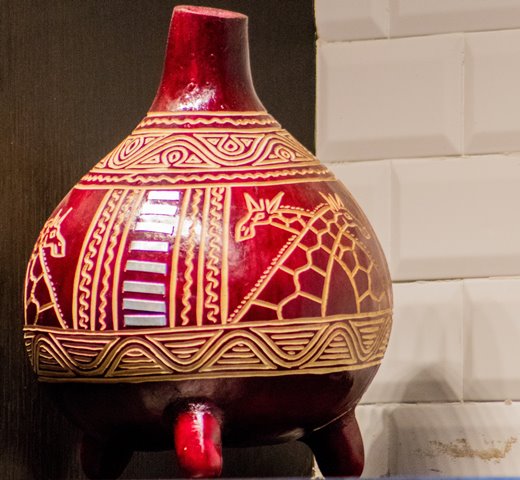
Historical Context of African Art and Music
African art and music first emerged in ancient civilizations like the Egyptian, Nubian, and Ethiopian kingdoms.
These cultures created magnificent works of art in various mediums, such as sculpture, painting, and jewelry. And with the invention of instruments like the lyre, harp, and trumpet, music also played a big part in their culture.
In addition, these African societies relied heavily on their art and music as a form of expression and communication. They were also closely related to spirituality and religion. For example, many pieces of music and artwork at the time paid homage to the gods or to mark important occasions.
Colonialism and its Impact on African Art and Music
The arrival of European colonial powers in Africa profoundly affected the region’s art and music. The colonizers viewed African traditions as primitive, and they sought to suppress them in favour of European culture.
As a result, numerous ancient works of art were destroyed, and native musicians and their instruments were also moved.
However, African musicians and artists continued creating despite these obstacles. They created new styles and genres that reflected their experiences with colonialism by modifying traditional forms to include new concepts and methods.
Read: The Cultural and Artistic Traditions of Africa (Music, Art, and Literature)
Contemporary African Art and Music
African artists and musicians are thriving, embracing new technologies and global influences while drawing inspiration from their cultural heritage.
Everything from traditional sculpture and painting to modern installations and video art is included in the dynamic and varied field of contemporary African art.
Likewise, new genres and styles are developing alongside more traditional forms as African music changes. African musicians have embraced technology by incorporating electronic instruments and production methods into their work.
Many artists have also achieved global recognition. For example, African musicians like Fela Kuti, Miriam Makeba, and Youssou N’Dour are well-known globally.
Read: What does Alternative Music mean?
African Art
African art is frequently categorized by region because the continent has diverse artistic traditions. However, there are some common themes and motifs are present in a wide range of cultural contexts.
Masks
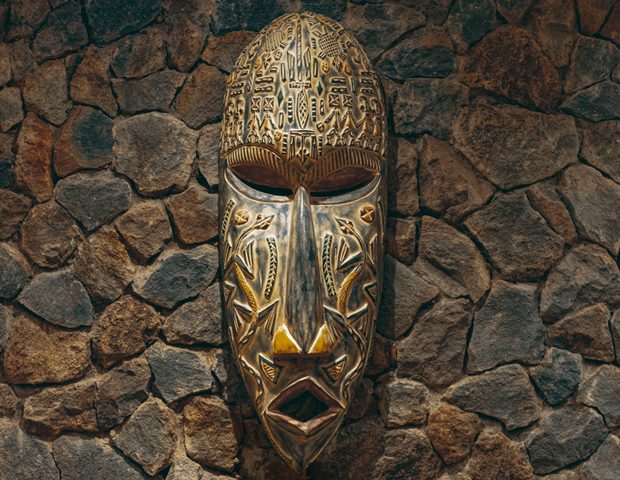
The mask is among the most common examples of African art. Masks have been worn for centuries for religious and cultural reasons in different African societies. They frequently use various materials, such as wood, metal, and cloth, and are highly stylized.
Sculptures
Another important form of African art is sculpture. African sculptures may be made from various materials, including wood, bronze, and ivory. In many cases, they typically feature people, animals, or other significant figures.
Many sculptures have exaggerated features and long, stylized limbs that are meant to convey a spiritual or symbolic meaning.
Textiles
African art must also include textiles. Bold colors and intricate patterns are frequent features of traditional textiles, and each pattern has a distinct meaning.
Clothing, interior design, and ceremonial items are just some of the uses for textiles.
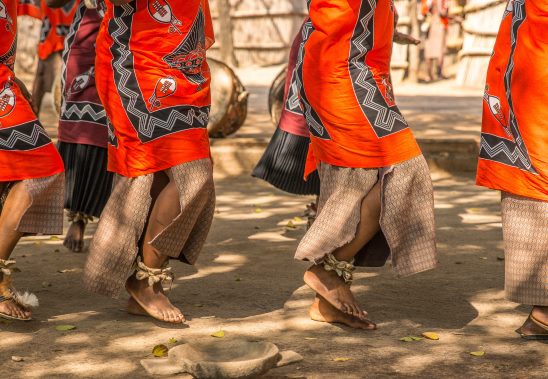
Contemporary African Art
Several mediums and styles are used in the dynamic and diverse field of contemporary African art. Many contemporary African artists use traditional forms and methods, while others use cutting-edge concepts and tools to produce original works.
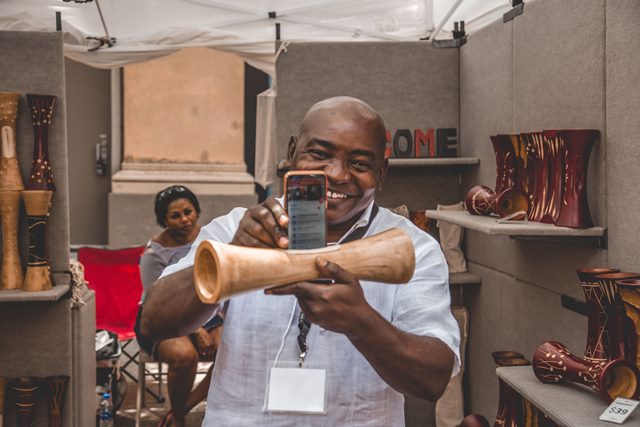
In addition, the use of found objects and recycled materials is one prominent trend in contemporary African art. Many African artists create sculptures and installations reflecting social and environmental issues using discarded materials like metal scraps, plastic, and fabric.
Identity and culture are prominent themes in contemporary African art. To reflect on the complex history and experiences of the continent, many African artists use their work to explore themes like migration, globalization, and colonialism.
Read: The History and Significance of Kente Cloth: A Symbol of African Identity
African Music

Traditional African music features complex rhythms and percussion instruments like bells, shakers, and drums. These instruments are used to create the African unique sound.
Additionally, numerous cultural practices or occasions, such as religious rituals, weddings, or funerals, are directly related to various traditional musical genres in Africa.
The West African drumming style is among the most well-known traditional African musical genres. This music is distinguished by several drummers playing in unison to produce complex rhythms and patterns.
Also, afrobeat and reggae are two modern music genres that frequently use the djembe, one of the most popular types of West African drums.
Mbira music is a significant subgenre of traditional African music. The mbira is a tiny, thumb piano-like instrument used to perform Mbira music.
This genre of music is frequently played during religious ceremonies and social gatherings and is closely associated with the spiritual and cultural practices of the Shona people of Zimbabwe.
Contemporary African Music
A wide variety of styles and genres contribute to the dynamic and diverse field of contemporary African music. While some modern African musicians use new concepts and technologies to produce unique sounds, others continue to rely on traditional musical instruments and forms.
The Afrobeat genre is one of the most well-known in modern African music. In the 1970s, Nigerian musician Fela Kuti popularised a genre of afrobeat, a fusion of West African rhythms, funk, and jazz.
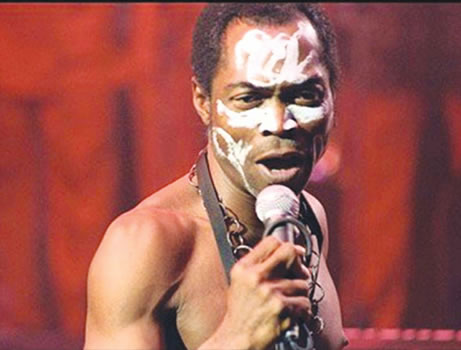
To the progress of African music, musicians worldwide have incorporated Afrobeat rhythms and sound into their own works. And this has had a significant impact on the world music scene.
Hip-hop is a significant contemporary African music genre. Over the past few decades, hip-hop has gained popularity in Africa. This is all thanks to the contributions of African hip-hop artists who have given the genre its own distinct style and flavour.
Moreover, several African hip-hop artists use this same style of music to highlight the problems that their communities face. And this is commendable.
Cultural Significance
African Art
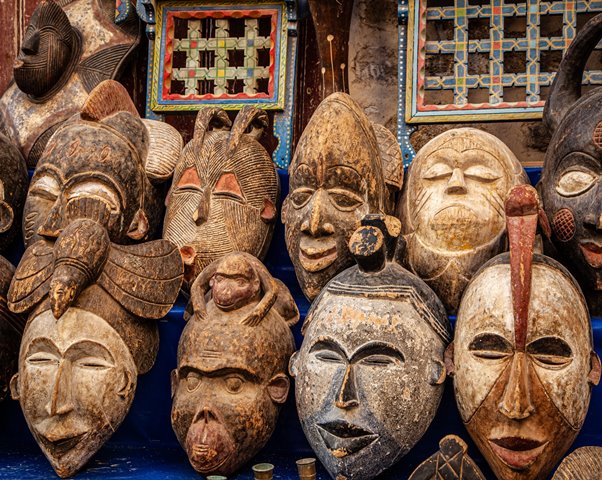
African art is renowned for its varied styles, mediums, and techniques, reflecting a rich cultural heritage. It highlights the distinctive cultural traditions and beliefs of various communities. This includes the detailed beadwork of the Maasai and the vibrant pottery of the Ndebele.
African art also serves as a means for conveying cultural values and experiences. Many African works of art, including sculptures and masks, are employed in religious and spiritual ceremonies.
These items, which are thought to possess spiritual power, are used to facilitate communication between the living and the dead.
African contemporary artists are still exploring and expressing their cultural identity and experiences. They address issues like colonialism, globalization, and social and political inequality using various media, including painting, sculpture, performance art, and video.
African Music
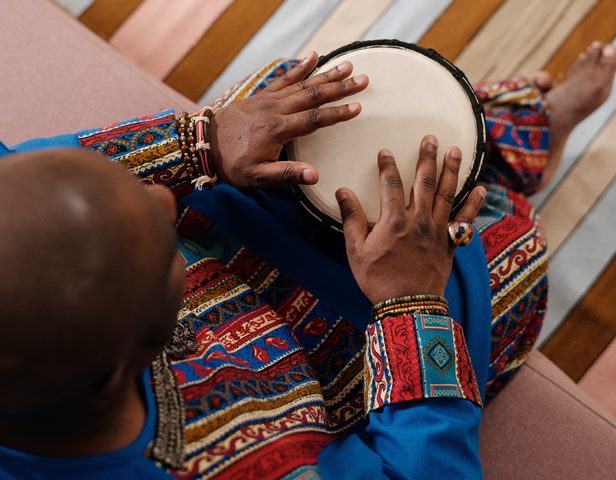
African music is equally diverse and reflects the depth of the continent’s cultural heritage. Traditional music showcases a slew of styles and influences. This includes West African music’s rhythmic drumming and Southern African music’s melodic vocal harmonies.
African music fulfills many purposes, from ceremonial and spiritual to leisure and entertainment. Furthermore, many African musical traditions have a strong social impact and are used to express cultural identity and advance social cohesion.
In addition to incorporating modern styles and influences, artists in contemporary African music continue to draw on cultural traditions. Several African musicians use their music to make social and political commentary. They do this by bringing up issues like poverty, inequality, and political corruption.
Influence on Global Art and Music
Influence of African Art
African art has served as a significant source of inspiration for modern and contemporary artists worldwide. Numerous artists and art movements have been influenced by African art.
Early 20th-century European artists were captivated by African art, especially the expressive power of African masks. Examples include Pablo Picasso and Henri Matisse.
Because of this fascination, the cubist movement, which aimed to depict various viewpoints and points of view in a single piece of art, came to be.
Moreover, African art remains a source of creativity and inspiration for modern artists. Many African artists, including El Anatsui and Yinka Shonibare, have won praise for their creative reinterpretations of indigenous African materials and methods.
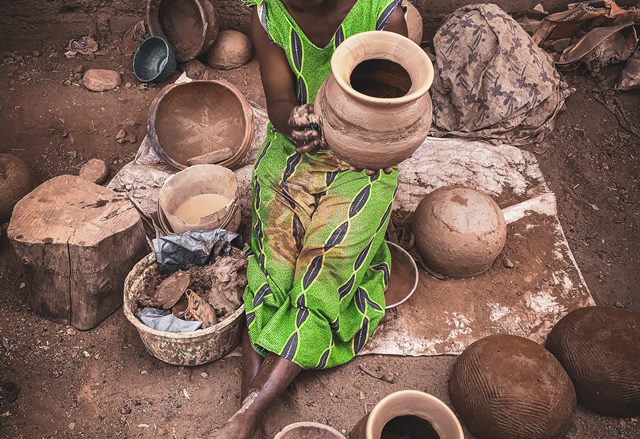
Influence of African Music
Besides local impact, global musical traditions have benefited greatly from the influence of African music. African rhythms and melodies have influenced various musical genres, from jazz and blues to reggae and hip-hop.
African American musicians were especially drawn to African music in the early 20th century because they knew the similarities between African rhythms and music from the African diaspora. In fact, African rhythms heavily influenced the creation of Jazz.
Ultimately, African heritage must be preserved and promoted because the continent’s art and music continue to inspire and impact global artistic and musical traditions.
For this reason, it’s essential to support both contemporary African artists and musicians as well as traditional musicians and artists. And To support African art and music, it is important to encourage cross-cultural cooperation and exchange.
Lastly, a collaboration between musicians and artists from various cultures can create fresh and inventive musical and artistic trends.
Before you go…
Hey, thank you for reading this blog to the end. I hope it was helpful. Let me tell you a little bit about Nicholas Idoko Technologies. We help businesses and companies build an online presence by developing web, mobile, desktop, and blockchain applications.
We also help aspiring software developers and programmers learn the skills they need to have a successful career. Take your first step to become a programming boss by joining our Learn To Code academy today!











